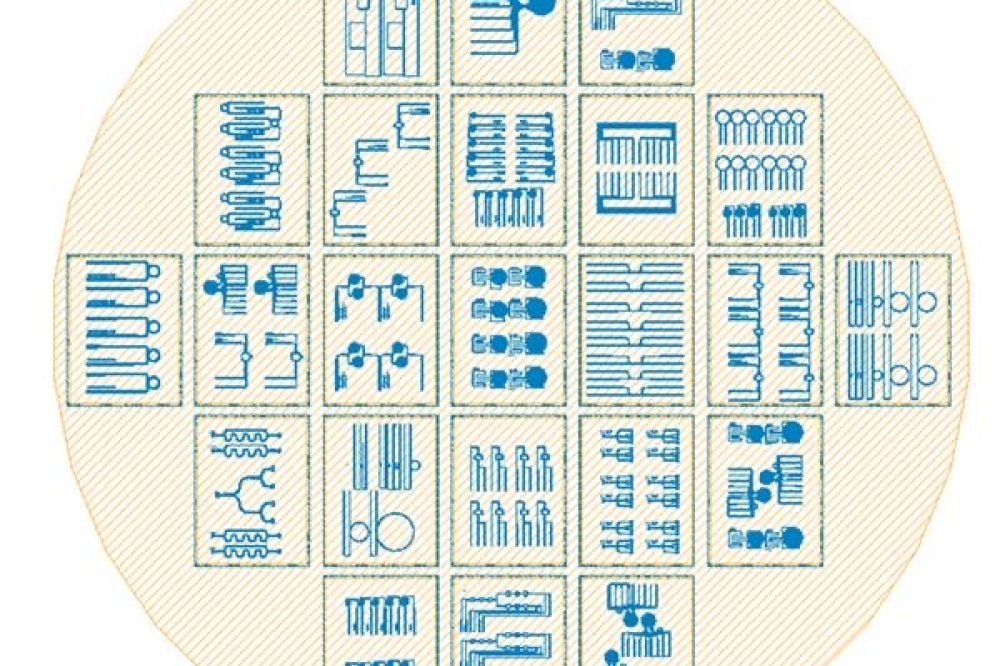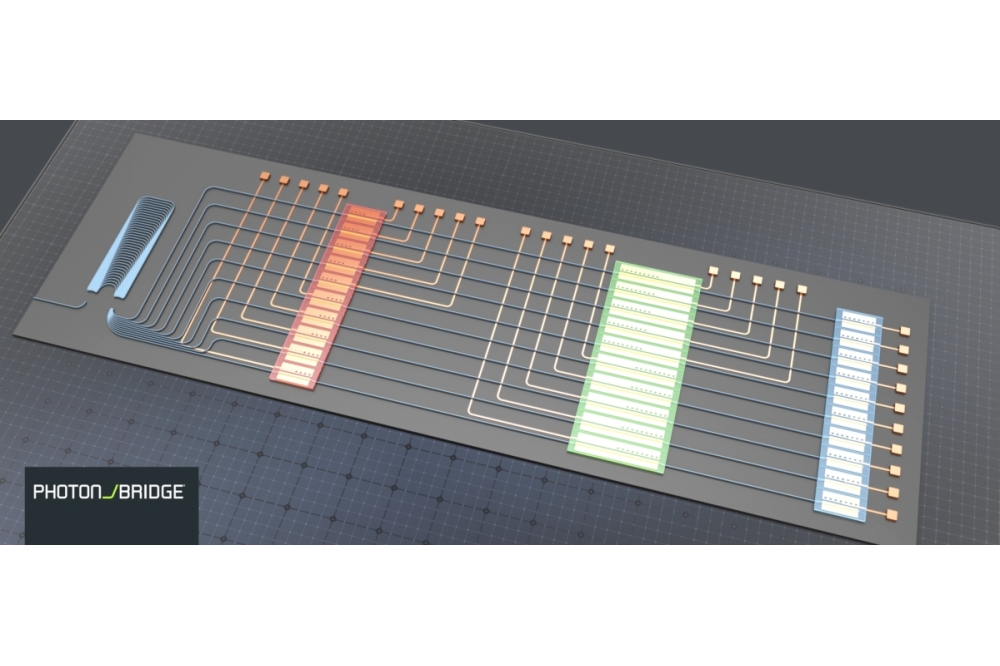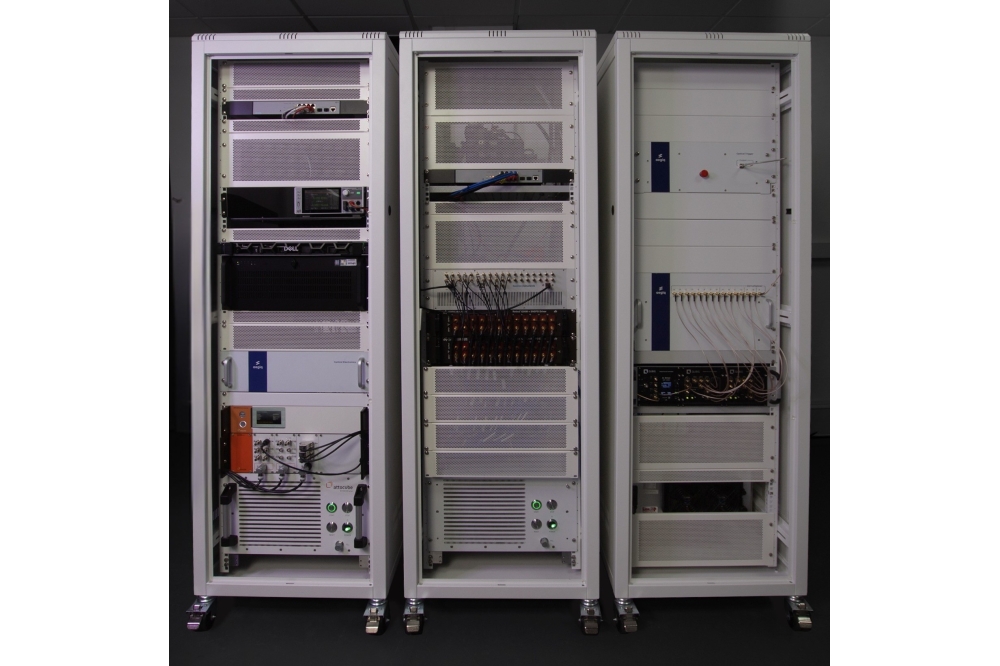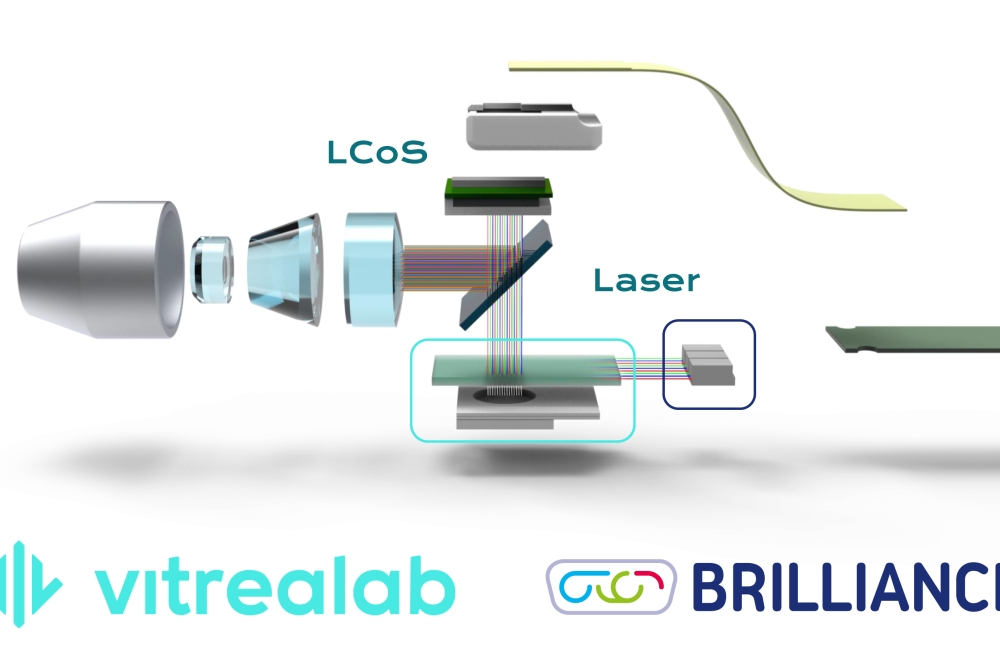NewPhotonics collaborates with ShunYun Technology on volume PIC production

The companies say their partnership will deliver the mass production of silicon photonics solutions needed to meet the growing demand from hyperscalers and AI factories. This news follows the announcement that NewPhotonics’ transmitter-on-chip features in Gemtek Technology Company’s new 800G LPO transceiver
ShunYun Technology (SYT), a manufacturer of optical transceivers, and NewPhotonics, a designer of highly integrated PICs for datacentre optical interconnects, have announced a strategic OSAT partnership for volume manufacturing of the NewPhotonics NPG product line.
Ethernet pluggable optics are forecasted to scale to >100 million by 2028 to meet datacentre scale out requirements, creating an urgent demand for volume PIC manufacturing. As a global provider of volume transceiver manufacturing today, SYT says its supply chain, excellent quality standards, and customer and ecosystem technology provide a strong, single-point manufacturing hub that is ideal for volume PIC production.
The company highlights its expertise in post silicon manufacturing back-end steps including bumping, stealth dicing, back grinding, and testing, which are vital elements in its role as scale OSAT partner to NewPhotonics. SYT plans to provide full functional wafer- and PIC-level test, and laser burn-in at both volume and NPI.
“This collaboration with NewPhotonics reflects our strong leadership, focus and commitment to mass producing integrated silicon photonics solutions in response to the high demand for optical interconnect innovation by hyperscalers and AI factories worldwide,” said SYT sales VP TF Tseng. “We have a clear plan and process to ramp production of the innovative NPG PIC chip at the scale, reliability and performance the market expects.”
NewPhotonics says it is preparing for high-volume manufacturing of the NPG PIC transmitter-on-chips for 1.6T DSP-based transceivers and the 800G and1.6T LPO+ optical signal processing chip.
“This partnership is the critical ingredient to delivering innovative photonic IC solutions that achieve the scale demand for optical interconnect solutions,” said Doron Tal, SVP and general manager of optical connectivity at NewPhotonics. “We share a long-term vision and strategy for highly integrated PIC production that simplifies scalable manufacturing with improved module reliability.”
This news follows the announcement of Gemtek Technology Company’s new 800G LPO transceiver, the OMDN-107, featuring the NewPhotonics NPG10202 LPO+ transmitter-on-chip.
“As hyperscalers demand faster, more efficient connectivity, our 800G LPO transceiver extends Gemtek's leadership in pluggable solutions for AI and datacentre networks,” said James Lee, president of Gemtek. “With our high-volume automated manufacturing facilities, Gemtek is uniquely positioned to deliver reliable, cost-optimised transceivers at scale that will bridge the global supply gap as AI/ML-driven demand accelerates. Partnering with NewPhotonics allows us to bring to market the most advanced LPO solution available today, ensuring we meet both immediate customer needs and the industry's long-term shift to silicon photonics.”
Doron Tal added: “Our collaboration with Gemtek is strong validation that the ecosystem recognises LPO+ for today's 800G and the step up to 1.6T LPO optical connectivity. Working with global leaders like Gemtek accelerates adoption of our LPO+ chips, which bring optical signal processing directly onto the photonic IC and redefines how datacentres will scale interconnect for AI.”

































